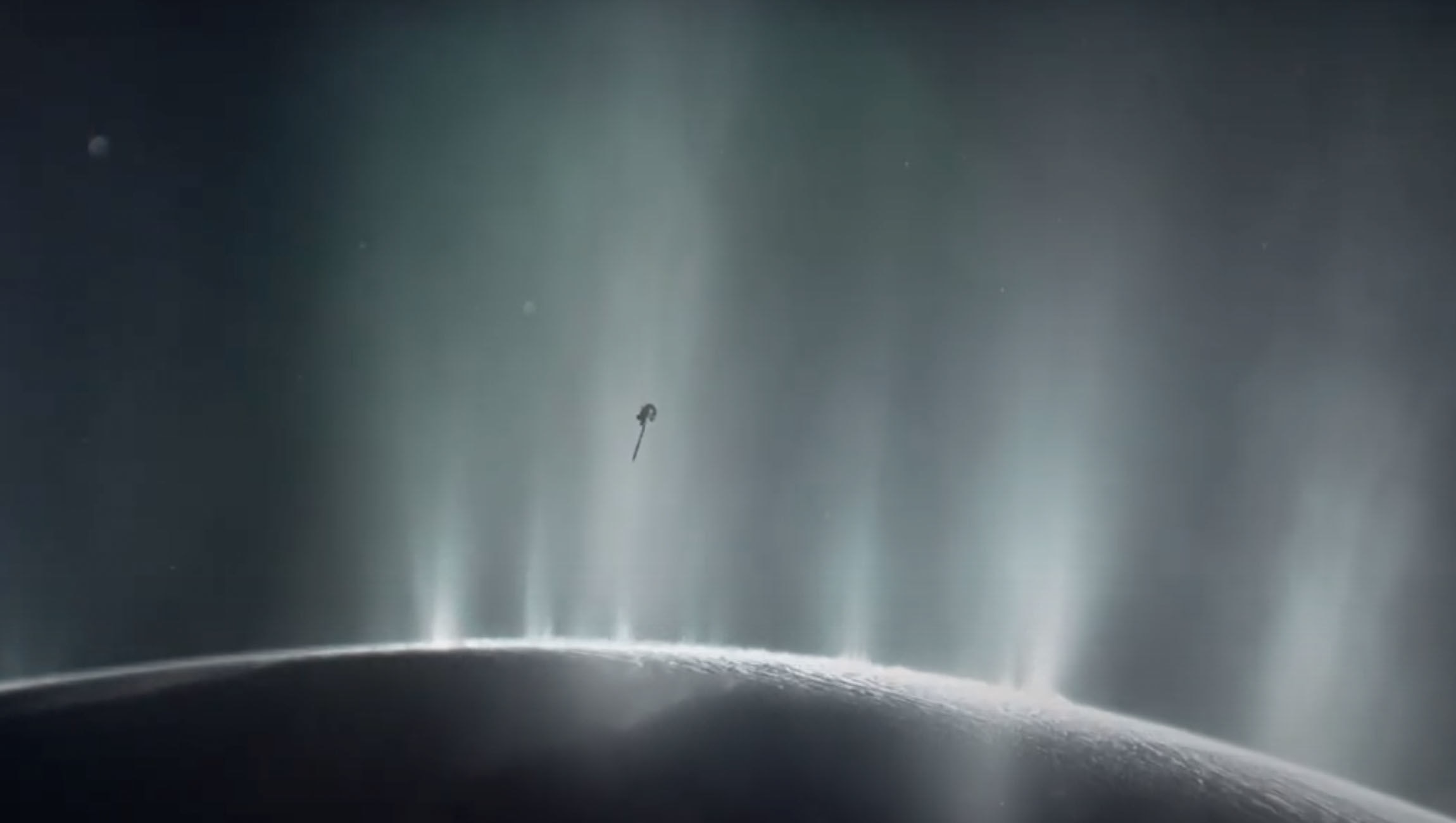Create a free profile to get unlimited access to exclusive videos, sweepstakes, and more!
What was it like when life spawned on Earth, and could that tell us about other worlds?

Around 4.5 billion years ago, our planet would have been as alien to us as any extraterrestrial planets or moons. It still is in the eldritch depths of the ocean.
Life forms on Earth are thought to have first crawled out of hydrothermal vents on the ocean floor. These vents are still swarming with life, gushing hot water that provides a haven for bioluminescent creatures that thrive in the dark and tube worms that look like giant lipsticks. NASA’s Jet Propulsion Laboratory (JPL) recently used a complex experiment to show that fluid oozing from cracks at the bottom of the hadal zone could have spawned the first organic molecules that would eventually end up combining into life as we know it — and possibly life elsewhere.
“The molecules feeding life's emergence are thought to have been provided through the hydrothermal interactions of convecting carbonic ocean waters with minerals comprising the early Hadean oceanic crust,” said JPL Systems Engineer Lauren White in the study she recently published in Astrobiology.
It makes sense that Hades, the ancient Greek god of the underworld, the furthest down you can possibly go in the sea. Both “hadal” and “Hadean” refer to a place that seems dreary until you reach the hotbed of life around a hydrothermal vent. What White and her team wanted to know was how conditions deep in a nascent Earth spawned organic molecules, which have loops or chains of carbon atoms, as well hydrogen and other elements. Amino acids are complex organic molecules which form the foundation for DNA and RNA. You can see where this is going.
White and her research team wanted to see if they could recreate the chemical reactions that organic molecules emerged from billions of years ago. They created a primordial soup of seawater high in CO2 (since there was so much of the gas in the early atmosphere), some minerals that probably formed back then, and the same kind of hydrogen-rich water that spews from hydrothermal vents. The temperature of the water streaming from the simulated vents was not extremely hot, at least if you call 212 degrees Fahrenheit lukewarm. High pressure was also needed to come as close to ancient conditions as possible.
Just having carbon and hydrogen swimming around isn’t going to result in organic molecules. You need a catalyst — something that brings on a chemical reaction without changing chemically itself. Since these vents form over hot magma bubbling in Earth’s mantle, the water ejected is full of sulfide minerals that result from the water encountering that magma. When that water shoots out like black underwater smoke, that means it contains iron sulfide. The experiment found that iron sulfides could have been the ancient catalysts that gave the environment a boost of energy. This means carbon and hydrogen floating around don’t need as much energy for the chemical reaction that results in organics to happen. That doesn't definitely mean life, but the team is definitely onto something.
"I think it's really significant that we showed that these reactions take place in the presence of those physical factors, like the pressure and the flow," said White in a press release. "We are still a long way from demonstrating that life could have formed in these environments. But if anyone ever wants to make that case, I think we'll need to have demonstrated the feasibility of every step of the process; we can't take anything for granted."
So if this happened on Earth, could life, or at least the ingredients for it, be hiding out in extraterrestrial oceans? NASA’s upcoming Europa Clipper will capture samples from water plumes that shoot out of Jupiter’s moon and might contain evidence of hydrothermal vents. Saturnian moon Enceladus is also being eyed for exploration. Then there are the methane and ethane lakes of Saturn's other moon, Titan, that will be explored by the NASA Dragonfly quadcopter. Methane might be able to give away the presence of life or at least organic materials, but it could also come about inorganically, so you never know.
Maybe Europa, Titan, Enceladus or some other world is a reflection of early Earth, and if there is life, it might be microbial or something we couldn't even imagine. NASA is just going to have to go there to find out.
(via NASA/Astrobiology)


























